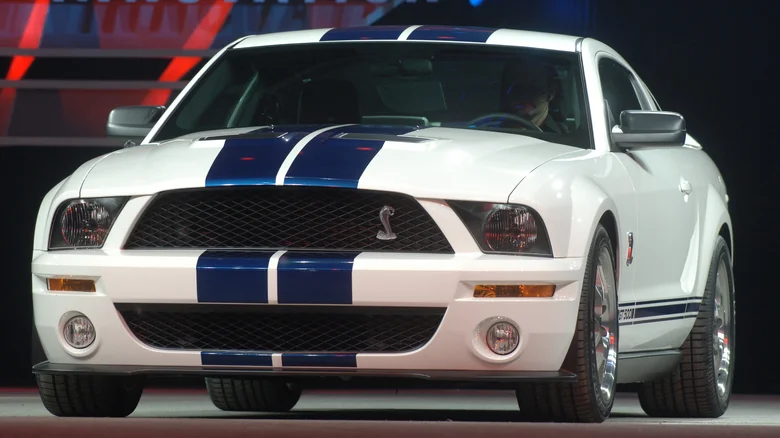Finding a car that’s both affordable and reliable can feel challenging. While used cars under $15,000 are widely available, buying pre-owned carries risks, such as unexpected mechanical issues. For those who prefer the assurance of a brand-new vehicle, 2025 offers several budget-friendly options. Let’s explore the top affordable cars that deliver value without straining your finances.
Understanding Pricing Details
The prices mentioned in this guide reflect the base Manufacturer’s Suggested Retail Price (MSRP) for each vehicle. Additional costs, such as destination charges and optional features, may apply. Both 2024 and 2025 models are included since many 2024 vehicles are still widely available but may become harder to find over time. Keep this in mind as you plan your purchase.
Mitsubishi Mirage (2024) – $16,695

The 2024 Mitsubishi Mirage stands out as the most affordable new car on the market, with a starting MSRP of $16,695. This compact hatchback offers excellent fuel efficiency, making it a cost-effective choice for daily commutes. Its G4 sedan version is also under $20,000, even with additional fees. However, with the Mirage now discontinued, its availability may decrease. While its horsepower is modest and reviews are mixed, it’s an option worth considering if affordability is your top priority.
Nissan Versa (2025) – $17,190

With a base price of $17,190, the 2025 Nissan Versa is the most affordable new car for the latest model year. It offers reliable performance and a straightforward design, though it lacks advanced infotainment features and high engine power. Despite these trade-offs, the Versa is a practical option for buyers focused on cost. Within Nissan’s lineup, it stands out as the most budget-friendly choice.
Hyundai Venue (2024) – $19,900

The 2024 Hyundai Venue is the most affordable new SUV, priced at $19,900. Its compact size and excellent fuel economy make it ideal for city driving. While it has less horsepower and cargo space compared to competitors, it’s an excellent option for budget-conscious SUV shoppers. The 2025 Venue is slightly pricier at $20,100 but offers similar features, giving buyers flexibility based on availability.
Kia Forte (2024) – $19,990

The 2024 Kia Forte is a strong contender with a starting price under $20,000. It delivers excellent power and fuel efficiency, competing with pricier sedans. However, its limited customization options may not appeal to all buyers. With the Forte replaced by the higher-priced Kia K4 in 2025, this model is becoming a rare find. If you can locate one, it’s worth serious consideration.
Chevrolet Trax (2025) – $20,400

The 2025 Chevrolet Trax offers SUV versatility at a base price of $20,400. Despite its compact design, it provides generous cargo space and a well-equipped base model. While it sacrifices some power and MPG compared to rivals, the Trax is a top choice for budget-conscious buyers seeking an SUV. Chevrolet also offers the slightly pricier Trailblazer, but the Trax’s affordability makes it a standout.
Volkswagen Jetta (2025) – $21,995

Priced just below $22,000, the 2025 Volkswagen Jetta is a reliable and well-rounded sedan. Though it lags slightly behind competitors in fuel efficiency and horsepower, the Jetta is known for its durability and build quality. Its higher trims, like the Sport and SE, also remain under $25,000, giving buyers more options without breaking the bank.
Toyota Corolla (2025) – $22,325

The 2025 Toyota Corolla remains a popular choice in the affordable sedan category, starting at $22,325. It matches the Honda Civic in fuel efficiency and horsepower while offering customizable interior colors. Hybrid and hatchback variants also stay under $25,000, giving buyers versatile options. For those seeking reliability and efficiency, the Corolla is a smart choice.
Subaru Impreza (2024) – $22,995

Subaru’s 2024 Impreza starts at $22,995, featuring all-wheel drive and a reputation for reliability. While it trails competitors in fuel efficiency, it excels in customization and durability. The 2025 Impreza sees a slight price increase but remains a strong contender in the budget-friendly market.
Ford Maverick (2024) – $23,920

The 2024 Ford Maverick is unique as the only truck on this list, with a starting price of $23,920. Its towing capabilities and robust EcoBoost engine make it a standout option for truck enthusiasts. However, the 2025 Maverick’s base price rises to $26,395, so buyers seeking affordability should act fast to secure a 2024 model.
Honda Civic Sedan (2025) – $24,250

Starting at $24,250, the 2025 Honda Civic Sedan is Honda’s most affordable car. Known for its safety features and strong performance, the Civic offers excellent value within its price range. However, it is the most expensive vehicle on this list, and alternatives like the Honda HR-V and Accord may offer better value depending on your needs.
Conclusion: Budget-Friendly Cars in 2025
While the market for affordable new cars is shrinking, several models in 2025 still offer great value. From compact sedans like the Nissan Versa and Toyota Corolla to versatile SUVs like the Hyundai Venue and Chevrolet Trax, these vehicles provide reliable transportation without breaking the bank. For buyers willing to spend slightly more, options like the Ford Maverick and Honda Civic deliver added features and performance. With careful planning, you can find a new car that fits your budget and needs.









